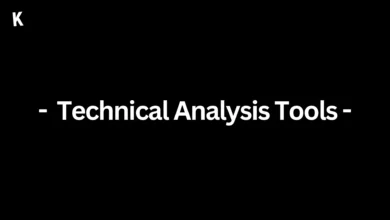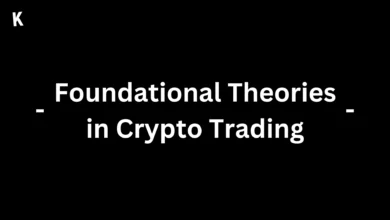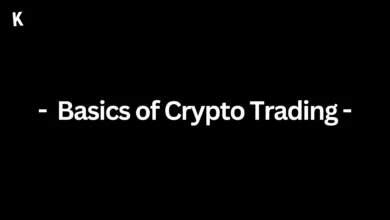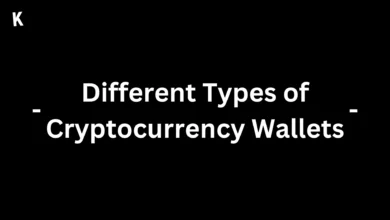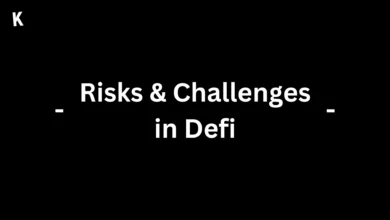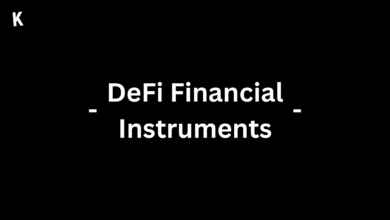Comprehensive Crypto Encyclopedia: Explore the World of Cryptocurrency!
What is a Directed Acyclic Graph (DAG) ?
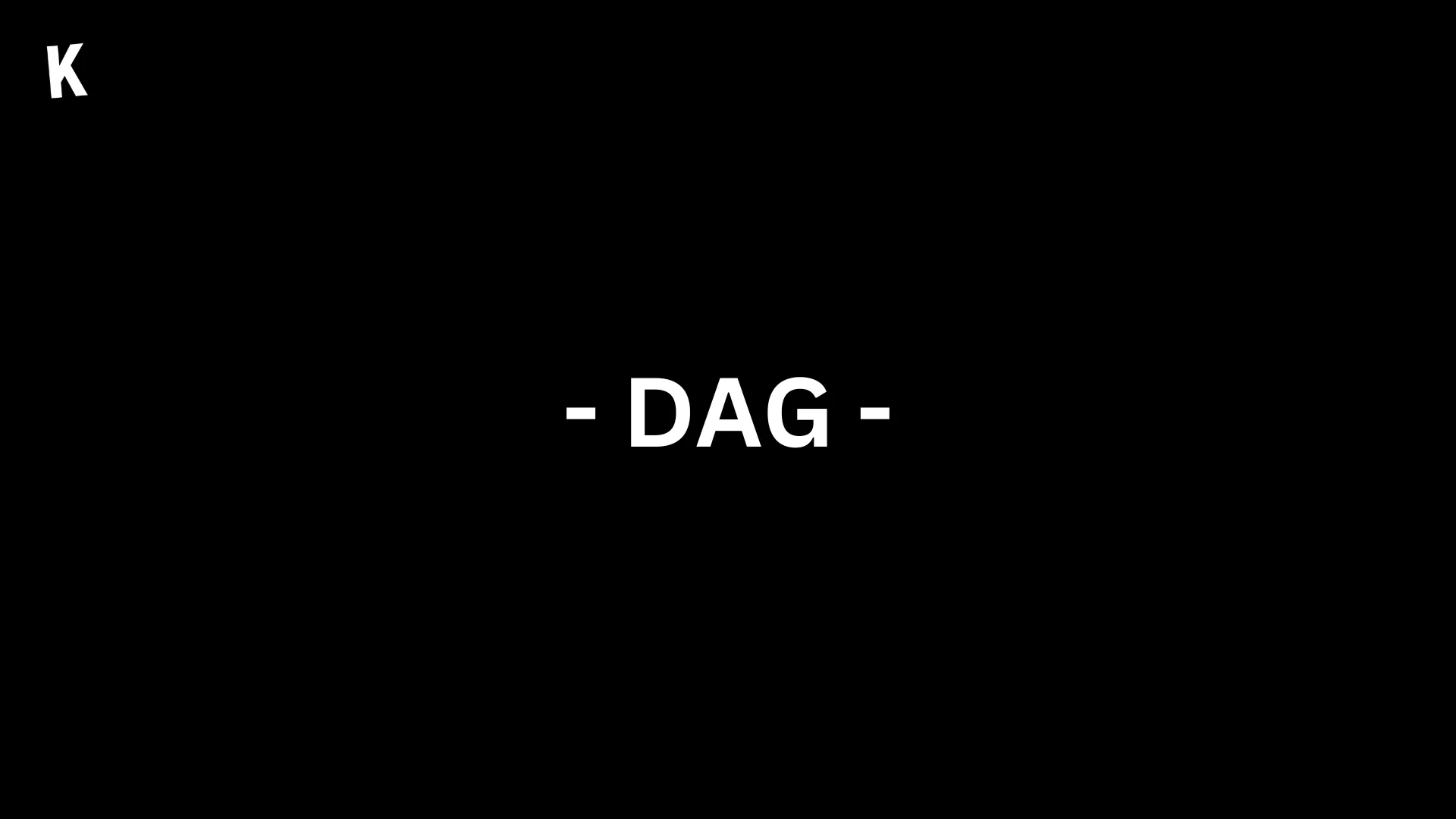
A Directed Acyclic Graph (DAG) is a type of graph in which nodes are connected in a directed and non-repeating manner. DAGs have no cycles, meaning that you cannot start from one node and eventually end up back at that node after following the edges. In the context of cryptocurrency, a DAG is a data structure used to store transactions in a decentralized system.
How does a Directed Acyclic Graph work ?
In cryptocurrency, a Directed Acyclic Graph is used to create a more efficient and secure alternative to the traditional blockchain. The DAG is used to store transactions in a way that allows for parallel processing and eliminates the need for blocks and block rewards. Transactions in a DAG are confirmed through consensus mechanisms such as the Delegated Proof of Stake (DPoS) or Proof of Importance (PoI) algorithms.
What are the advantages of using a DAG ?
- Faster and more scalable: Directed Acyclic Graphs can handle a higher number of transactions per second compared to blockchains. This is because transactions can be confirmed in parallel, reducing the time it takes to confirm a transaction.
- More efficient: DAGs eliminate the need for block rewards, which can increase the efficiency of a cryptocurrency network. This is because the rewards used to incentivize nodes to validate transactions in a blockchain are not needed in a DAG.
- More secure: Directed Acyclic Graphs are less vulnerable to 51% attacks and other forms of malicious activity. This is because the consensus mechanism used in a DAG is based on the number of nodes that have confirmed a transaction, not on the amount of computational power that a single node can provide.
What are the disadvantages of using a DAG ?
- Less proven technology: While blockchains have been in use for over a decade, Directed Acyclic Graphs are a relatively new technology in the world of cryptocurrency. This means that there is less experience and understanding of how they work and their potential drawbacks.
- Potential for centralization: Depending on the consensus mechanism used in a DAG, there may be a risk of centralization. For example, in a DAG that uses PoI, the nodes with the most tokens will have the greatest influence on the network.
What are some examples of cryptocurrencies that use a DAG ?
Some examples of cryptocurrencies that use a DAG include IOTA, Byteball, and Nano. These cryptocurrencies have been designed to solve some of the scalability and security issues that traditional blockchains face.
A Directed Acyclic Graph (DAG) is a type of graph used in cryptocurrency to store transactions in a more efficient and secure manner. By allowing for parallel processing and eliminating the need for blocks and block rewards, DAGs offer several advantages over traditional blockchains. However, they are also a relatively new technology and there is potential for centralization depending on the consensus mechanism used. Cryptocurrencies such as IOTA, Byteball, and Nano are examples of those that use a DAG.
